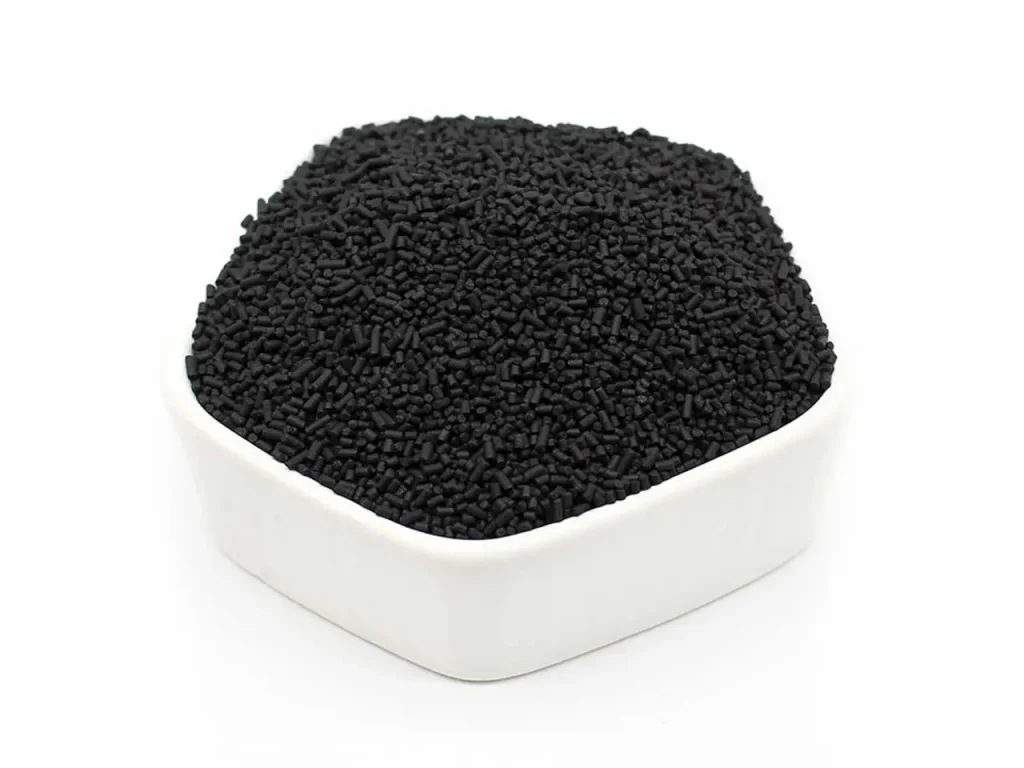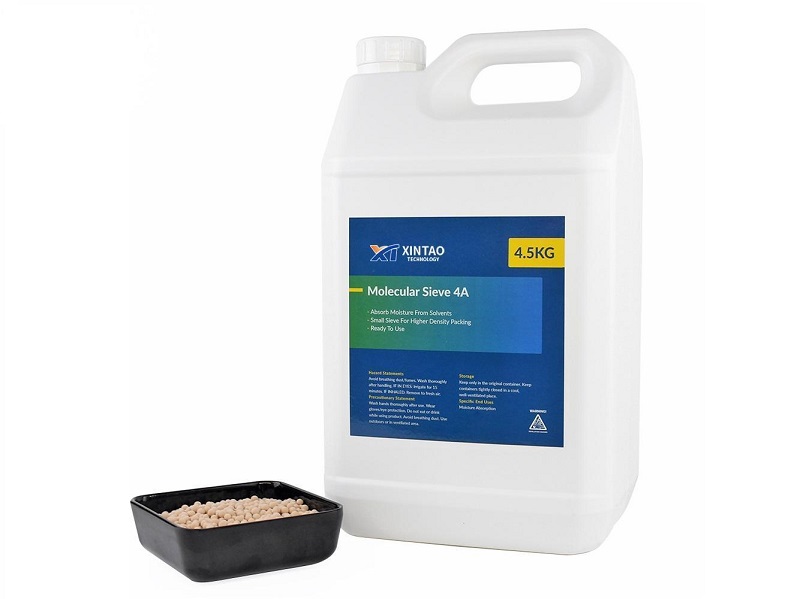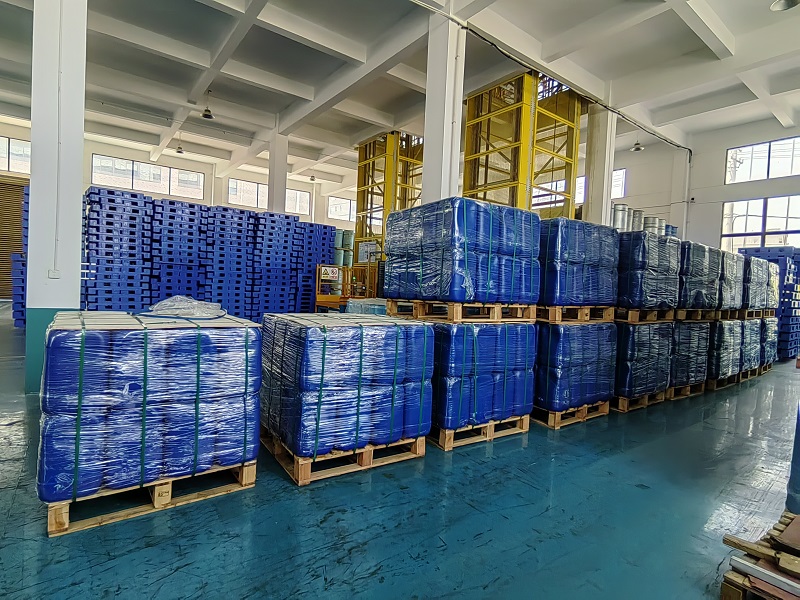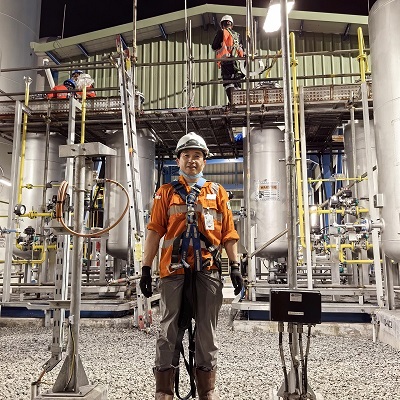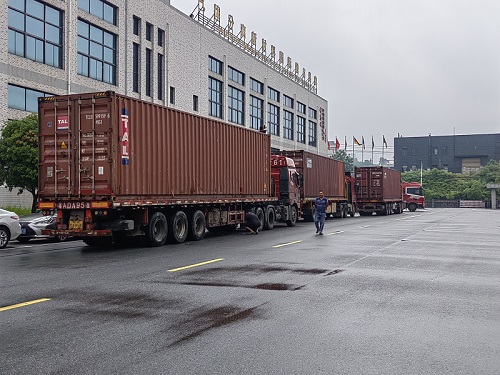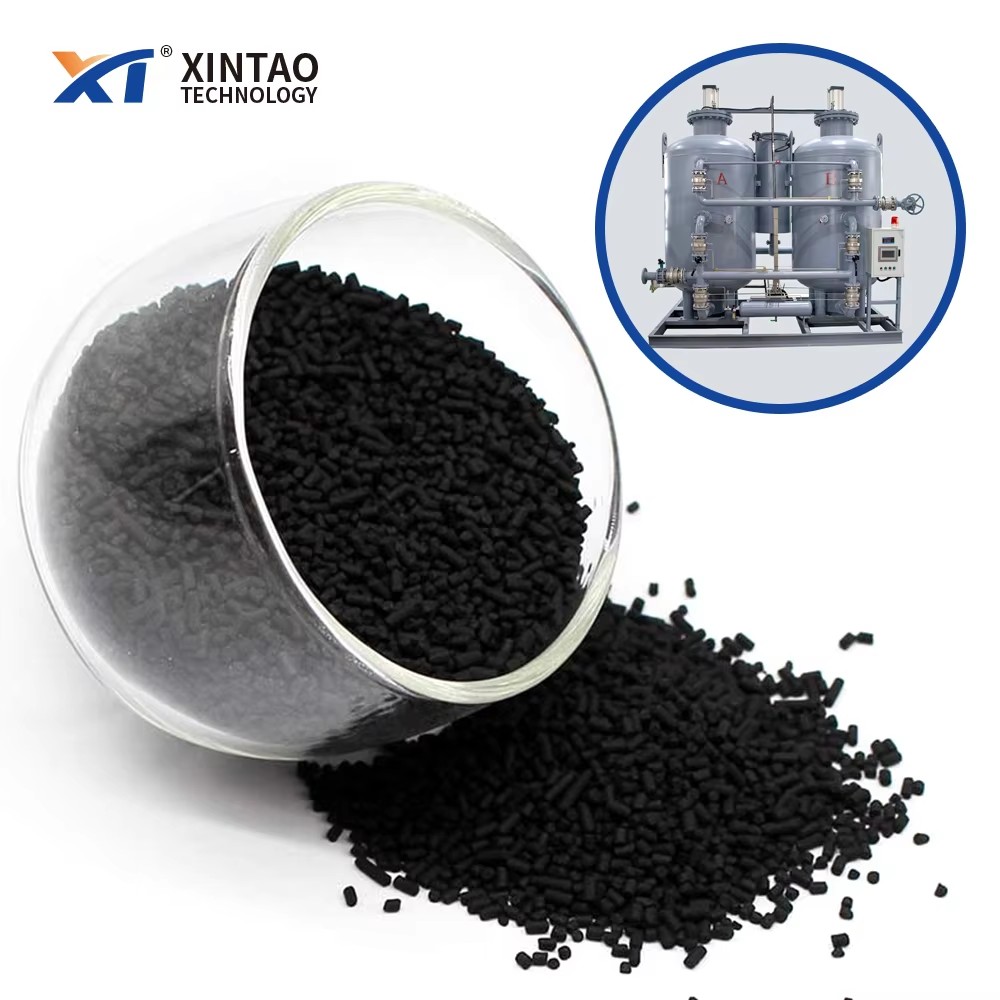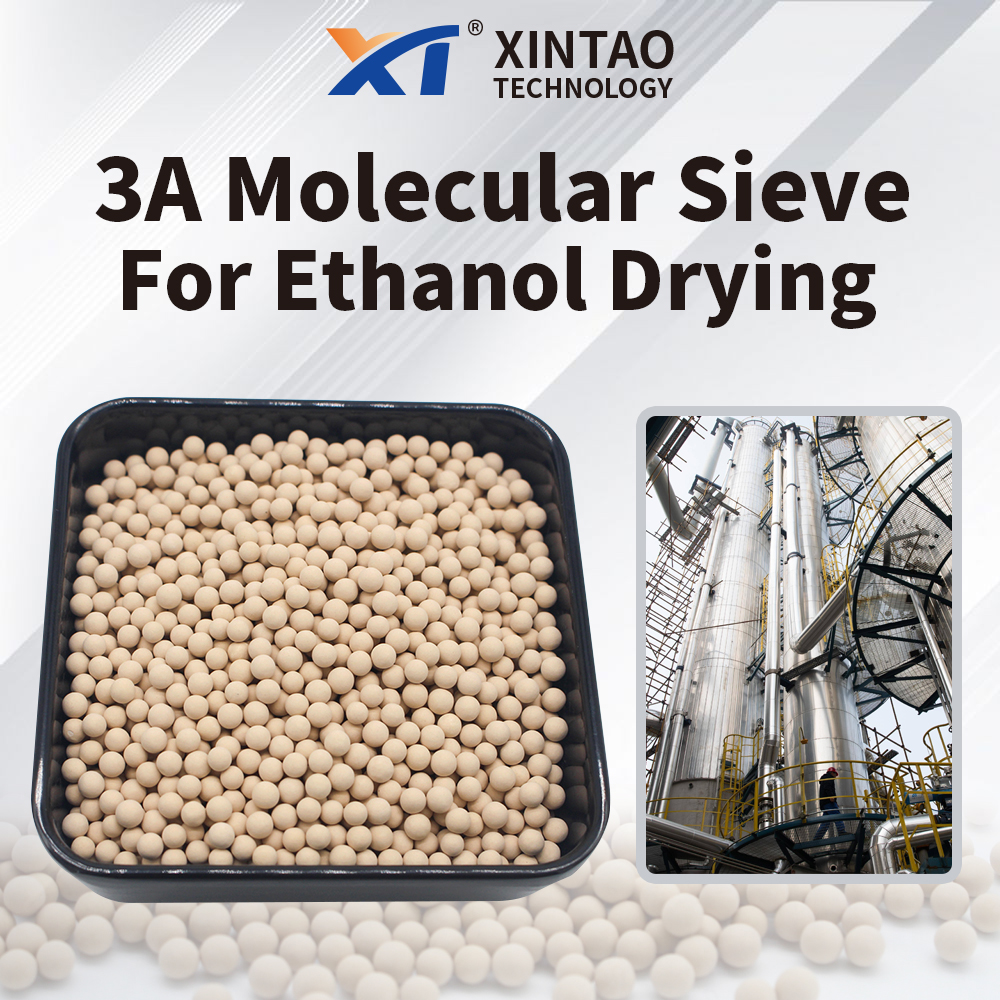Table of Contents
ToggleHow to Deal with Carbon Molecular Sieve Powder Spraying
Recently, a customer purchased a batch of carbon molecular sieve from Xintao. We sent a professional technical team to Guangxi to provide customers with loading guidance.
Troubleshooting of Nitrogen Generator
The technical team inspected the nitrogen generator and found that the friction of the carbon molecular sieve desiccant caused the valves and pipes of the equipment to be blocked and the purity of nitrogen to decrease.
Equipment Inspection and Adjustment
After the team found that the carbon molecular sieve zeolite was friction-powdered, they immediately stopped the nitrogen generator and cut off the power supply to avoid further deterioration of the problem, and prevented the powder spraying from damaging other parts of the equipment and avoiding safety accidents. After that, carefully disassemble the parts in the nitrogen generator that are in contact with the carbon molecular sieve adsorbent, such as the adsorption tower and pipeline connection parts. After removing the carbon molecular sieve from the device, Xintao team instructed employees to use tools such as vacuum cleaners and compressed air to thoroughly clean the powder and impurities inside the nitrogen generator. Finally, check the wear of the parts, such as the inner wall of the adsorption tower, the airflow distributor, the valve seal, etc. If these parts are found to be worn, the damaged parts should be replaced in time to ensure the normal operation and sealing of the equipment.
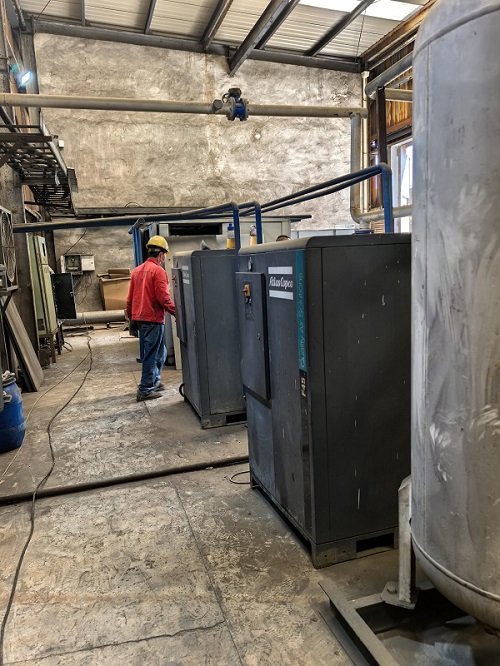
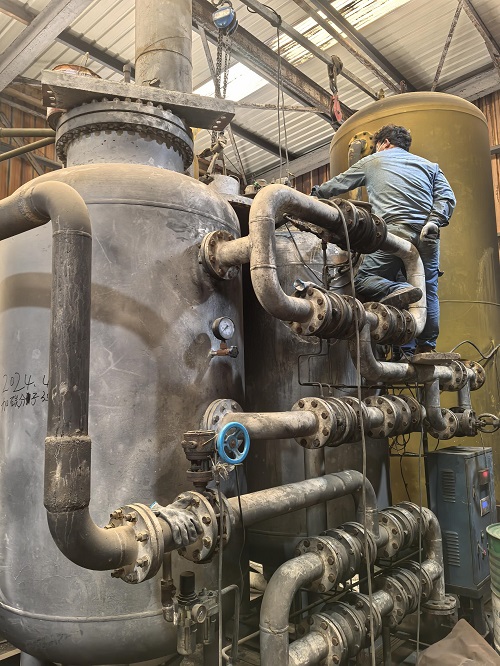
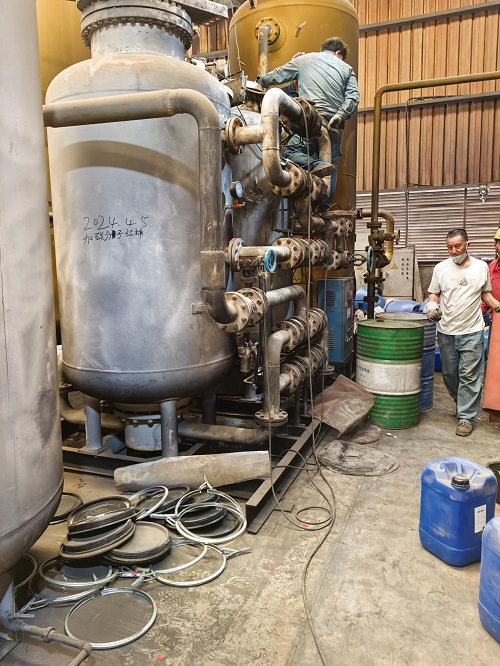
Carbon Molecular Sieve Filling Guidance
Because the carbon zeolite molecular sieve surface is observed to have obvious wear, cracking or pulverization. We found that it needs to be replaced. Remove the carbon molecular sieve desiccant from the device, and then replace the new stainless steel wire mesh to provide an additional protective layer. Next, lay a layer of activated alumina to prevent the carbon molecular sieve from failing due to moisture. Entering the filling stage, the Xintao team guides the factory staff to slowly pour the CMS into the adsorption tower of the nitrogen generator and evenly fill the carbon molecular sieve. At the same time, they vibrate the adsorption tower in time to ensure that it is packed tightly, thereby optimizing the adsorption efficiency. After completing it filling, the team improves the palm pad of the original equipment and lays it on it. With its good elasticity, the palm pad not only plays a buffering role, but also effectively prevents the carbon molecular sieves from sinking or pulverizing when the nitrogen generator is running, ensuring the stable operation of the equipment.
Installation and Commissioning
After confirming that the carbon molecular sieve pellet and related components have been handled, install each component correctly according to the records during disassembly. After the installation is completed, debug the nitrogen generator.
Regular Maintenance
In order to prevent similar problems from happening again, a regular maintenance plan needs to be formulated. Check the condition of the CMS regularly to see if there are any signs of wear or pulverization; at the same time, check the operating parameters of the equipment to ensure that the equipment is operating under normal conditions. In addition, care should be taken to keep the equipment clean to prevent dust and impurities from entering the nitrogen generator.
Consult Xintao Carbon Molecular Sieve
Xintao Carbon Molecular Sieve
Type: CMS220, CMS240, CMS260, CMS280, CMS 300, CMS330.
Size: 0.95mm, 1.1-1.3mm, 1.3-1.5mm, 1.5-1.8mm, 1.8-2.0mm
